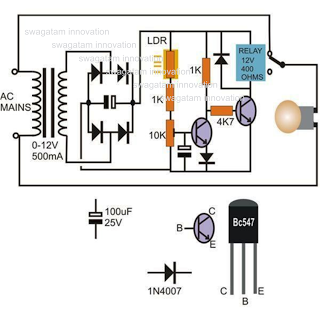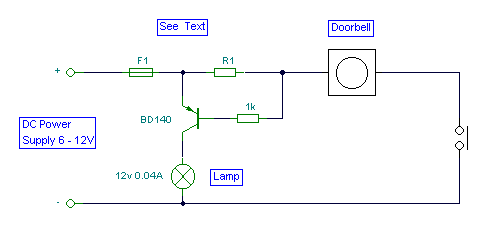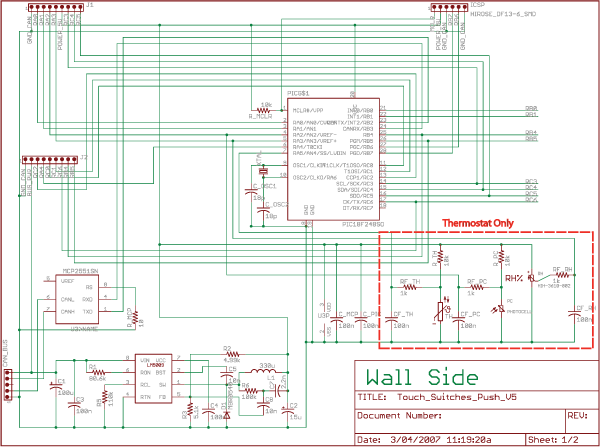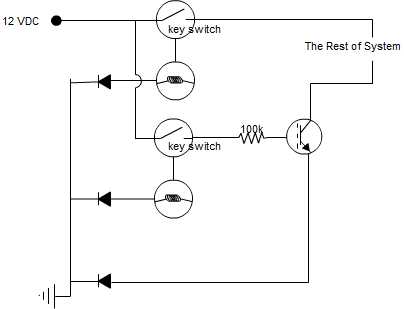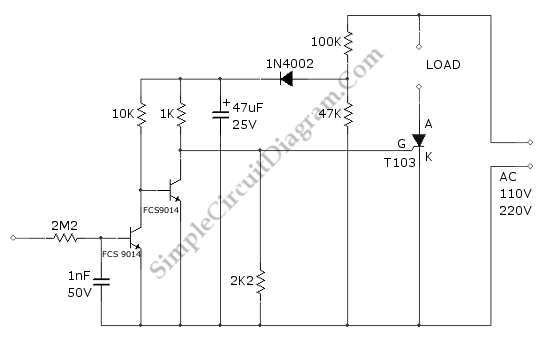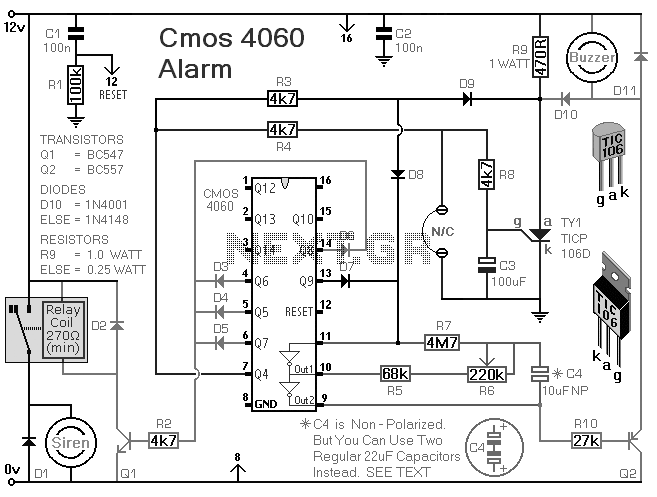
USB Printer Share Switch
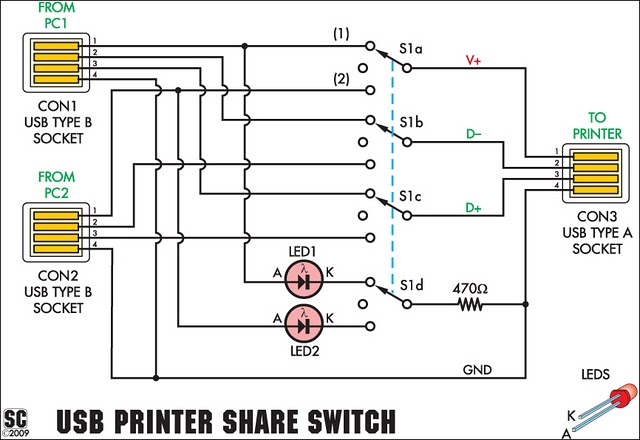
This device allows two computers to share a single USB printer or other USB devices, such as an external flash drive, memory card reader, or scanner. A rotary switch is used to select the PC that will use the USB device, while two LEDs indicate the selected PC. The most common method for sharing a USB printer between two PCs is to use one as a print server. However, this requires that the server PC is always powered on for printing, which can be inconvenient. Additionally, the two PCs must be networked together, either through a hub/router or directly via an Ethernet crossover cable. Another option is a dedicated USB print server, but this also needs to be connected to an Ethernet network and typically requires its own power supply, which can be costly and excessive for simple home setups. This device serves as a manual 2-way switch box that allows users to switch the USB printer between the two PCs as needed. The switching is controlled by a rotary switch, and two front panel LEDs indicate which PC is connected to the printer. This method offers several advantages: no networking is required, printing can occur from either machine with the other powered off, and the device does not need an external power supply. The circuit employs switch poles S1a-S1c to select either USB socket CON1 or CON2, connecting its pins to CON3. The fourth pole (S1d) determines whether LED1 or LED2 is illuminated to show which PC is selected.
This USB switch device is designed to facilitate the sharing of USB peripherals between two computers without the complexities associated with networking. The core of the device consists of a rotary switch, which is mechanically linked to multiple switch poles. Each pole corresponds to a different function: S1a, S1b, and S1c are responsible for selecting one of the two USB sockets (CON1 or CON2) and routing the connection to a single common USB output (CON3). This configuration allows seamless switching between the two computers.
The LEDs (LED1 and LED2) provide a visual indication of which PC is currently connected to the USB device. The operation of the LEDs is governed by switch pole S1d, which enables the appropriate LED to light up based on the selected input. This feature enhances usability by providing immediate feedback to the user.
The absence of a power supply requirement simplifies the design and allows for portability, making it ideal for home environments where users may need to switch devices frequently. The straightforward design eliminates the need for complex networking setups, allowing users to connect their computers directly to the device and print as needed, even with the other computer turned off.
In summary, this USB switch device is a practical solution for users who need to share a USB printer or other peripherals between two computers without the need for a constant power supply or a complex networking arrangement. Its simple rotary switch mechanism and LED indicators provide an effective and user-friendly interface for managing USB device connections.This simple device allows two computers to share a single USB printer or some other USB device, such as an external flash drive, memory card reader or scanner. A rotary switch selects the PC that you wish to use with the USB device, while two LEDs indicate the selected PC.
The most common way to share a USB printer between two PCs is to use one ma chine as a print server. However, that`s not always convenient because it means that the server PC must always be on if you want to print something. That can be a real nuisance if you just want to quickly fire up the other machine and print something out.
It also means that the two PCs must be networked together, either via a hub/router or directly via an ethernet crossover cable. Another way is to use a dedicated USB print server. However, as before, this must be connected to an ethernet network, along with the PCs. Such devices also need their own power supply, generally cost well over $100 and are overkill if you just want to share a single USB printer between two computers for occasional printing in a home set-up.
That`s where this simple device comes in. It`s basically a 2-way switch box that lets you manually switch your USB printer from one PC to the other, as required. The switching is performed using a rotary switch, while two LEDs on the front panel indicate which PC has been connected to the printer.
This method has several advantages. First, you don`t need to network your two computers. Second, you can print from either machine with the other turned off. And third, the device doesn`t need a power supply. The circuit uses switch poles S1a-S1c to select either USB socket CON1 or CON2 and connect its pins through to CON3. The fourth pole (S1d) selects either LED1 or LED2, to indicate which PC has been selected. 🔗 External reference
This USB switch device is designed to facilitate the sharing of USB peripherals between two computers without the complexities associated with networking. The core of the device consists of a rotary switch, which is mechanically linked to multiple switch poles. Each pole corresponds to a different function: S1a, S1b, and S1c are responsible for selecting one of the two USB sockets (CON1 or CON2) and routing the connection to a single common USB output (CON3). This configuration allows seamless switching between the two computers.
The LEDs (LED1 and LED2) provide a visual indication of which PC is currently connected to the USB device. The operation of the LEDs is governed by switch pole S1d, which enables the appropriate LED to light up based on the selected input. This feature enhances usability by providing immediate feedback to the user.
The absence of a power supply requirement simplifies the design and allows for portability, making it ideal for home environments where users may need to switch devices frequently. The straightforward design eliminates the need for complex networking setups, allowing users to connect their computers directly to the device and print as needed, even with the other computer turned off.
In summary, this USB switch device is a practical solution for users who need to share a USB printer or other peripherals between two computers without the need for a constant power supply or a complex networking arrangement. Its simple rotary switch mechanism and LED indicators provide an effective and user-friendly interface for managing USB device connections.This simple device allows two computers to share a single USB printer or some other USB device, such as an external flash drive, memory card reader or scanner. A rotary switch selects the PC that you wish to use with the USB device, while two LEDs indicate the selected PC.
The most common way to share a USB printer between two PCs is to use one ma chine as a print server. However, that`s not always convenient because it means that the server PC must always be on if you want to print something. That can be a real nuisance if you just want to quickly fire up the other machine and print something out.
It also means that the two PCs must be networked together, either via a hub/router or directly via an ethernet crossover cable. Another way is to use a dedicated USB print server. However, as before, this must be connected to an ethernet network, along with the PCs. Such devices also need their own power supply, generally cost well over $100 and are overkill if you just want to share a single USB printer between two computers for occasional printing in a home set-up.
That`s where this simple device comes in. It`s basically a 2-way switch box that lets you manually switch your USB printer from one PC to the other, as required. The switching is performed using a rotary switch, while two LEDs on the front panel indicate which PC has been connected to the printer.
This method has several advantages. First, you don`t need to network your two computers. Second, you can print from either machine with the other turned off. And third, the device doesn`t need a power supply. The circuit uses switch poles S1a-S1c to select either USB socket CON1 or CON2 and connect its pins through to CON3. The fourth pole (S1d) selects either LED1 or LED2, to indicate which PC has been selected. 🔗 External reference
